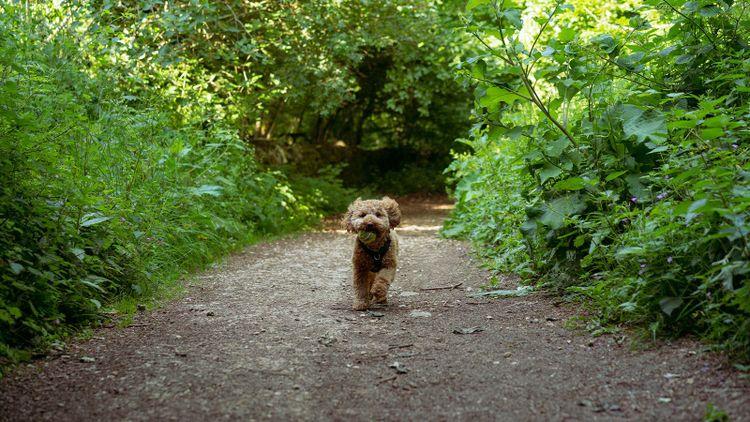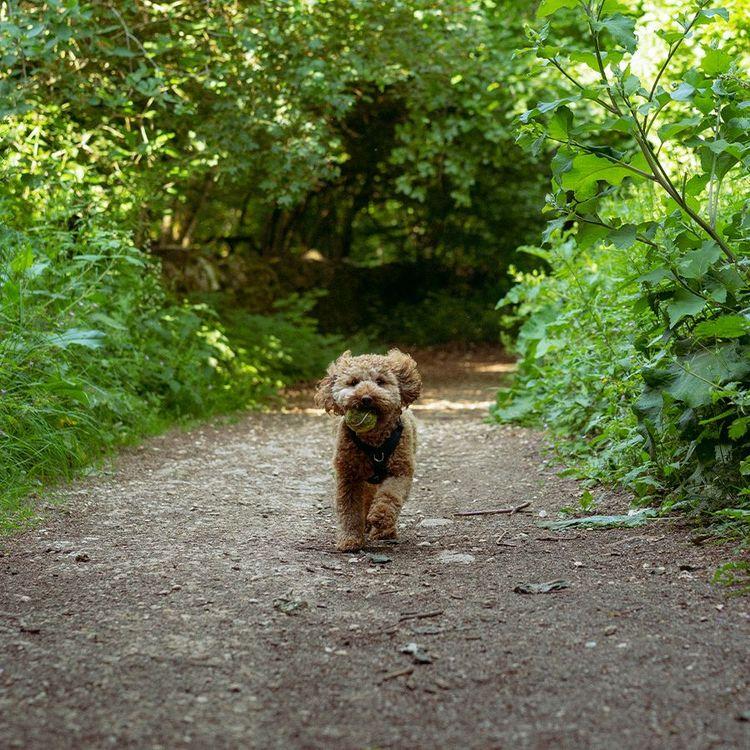
Team story: How to prepare for your dog’s first season by Leila & Ruby
5 minute read
Introducing Leila & Ruby…
I’m the SEO Manager for Paws & Stay, so I’m responsible for producing engaging content that people can find in Google, with the ultimate aim of driving more people to the Paws & Stay website to discover our dog-friendly places to stay.
When I’m not working, you’ll find me hanging out with my dog, Ruby, exploring beautiful parts of the UK with my other half, getting absorbed in a good book, or completing a puzzle (it’s my relaxation!). Oh, and I’m also a qualified Nutritional Therapist!
Ruby is a Sproodle and she’s the cuddliest dog I know. She’s always looking for humans to make a fuss of her and is known to make people smile when she walks past them, and can surprisingly outrun most dogs despite being pint-sized!
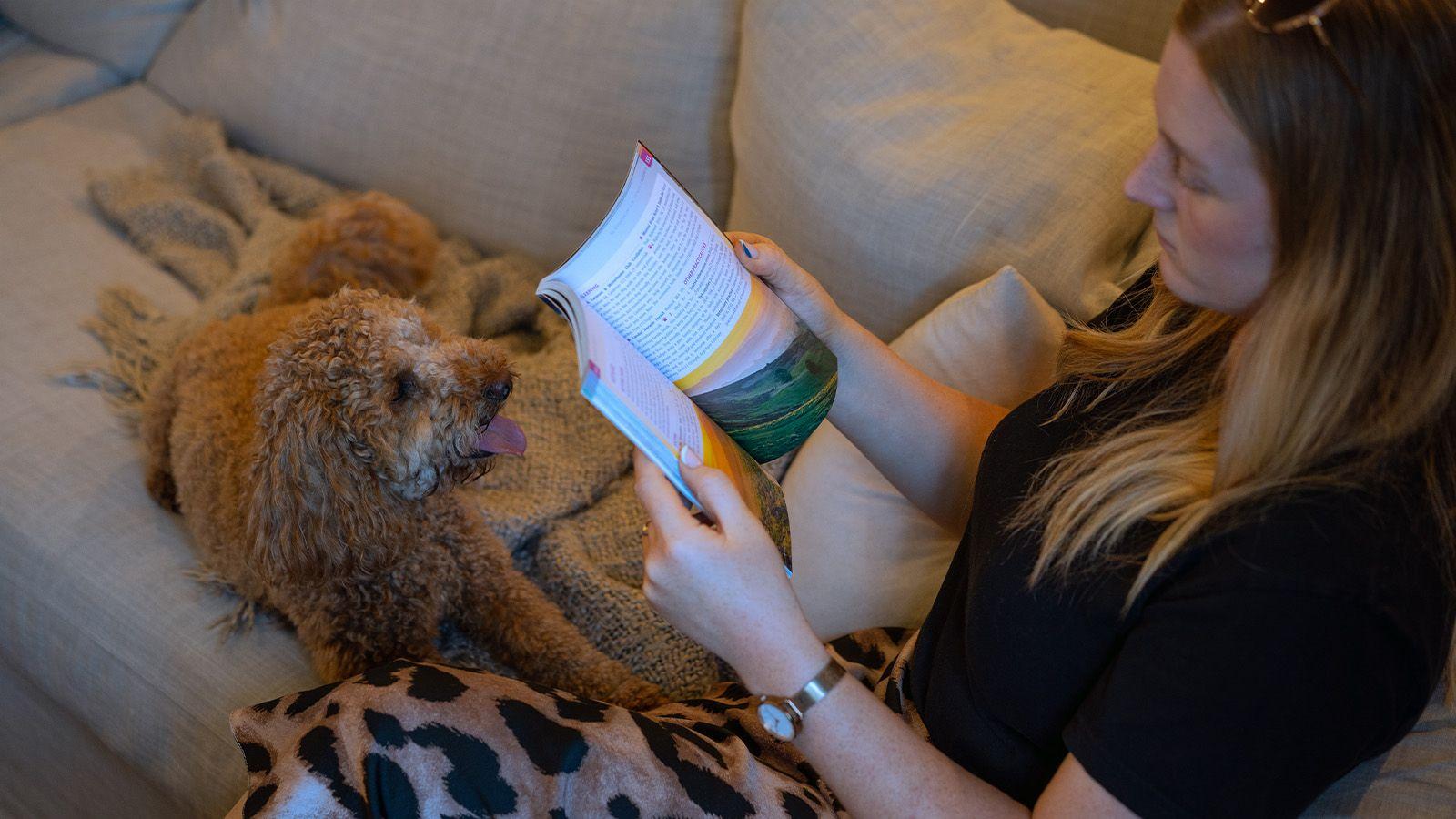
Our experience in the lead up to Ruby’s first season
I had always grown up with boy dogs, so when me and my partner considered getting a female dog as our first dog, the biggest consideration for us was that we didn’t know what to expect when it came to her having a season. After a bit of research, we realised that it didn’t sound as challenging as we thought, and when we fell in love with Ruby the first time we met her, we didn’t even think twice about it!
We learnt that smaller dogs can come into season (aka their heat cycle) younger than larger dogs, so we expected this might be the case with Ruby. We waited and waited for it to happen, so much so that I probably became a little obsessed with looking for the signs. I remember reading article after article to try and understand what to look out for, how much blood there might be (the reality!), and when it might happen. We had holidays with her planned over the summer after she’d turned 6 months, and we’d worried what we’d do if it happened while we were away. When she hadn’t come into season by the time she was 9 months, we started to wonder if she’d had a silent heat cycle (which is a thing!), and I remember messaging the breeder to ask if this was common among her breed and other dogs of hers.
After all the worry and uncertainty, she came into season a week after our final dog-friendly holiday of the year (thankfully!). We laughed when it happened, because after all the ‘maybe she’s already had a season’ and ‘what are the signs’, it was clear as day. She jumped up on our bed that morning, and it’s safe to say we needed to change the bedding the same day. We’ll never forget it because it was the day Queen Elizabeth II died!
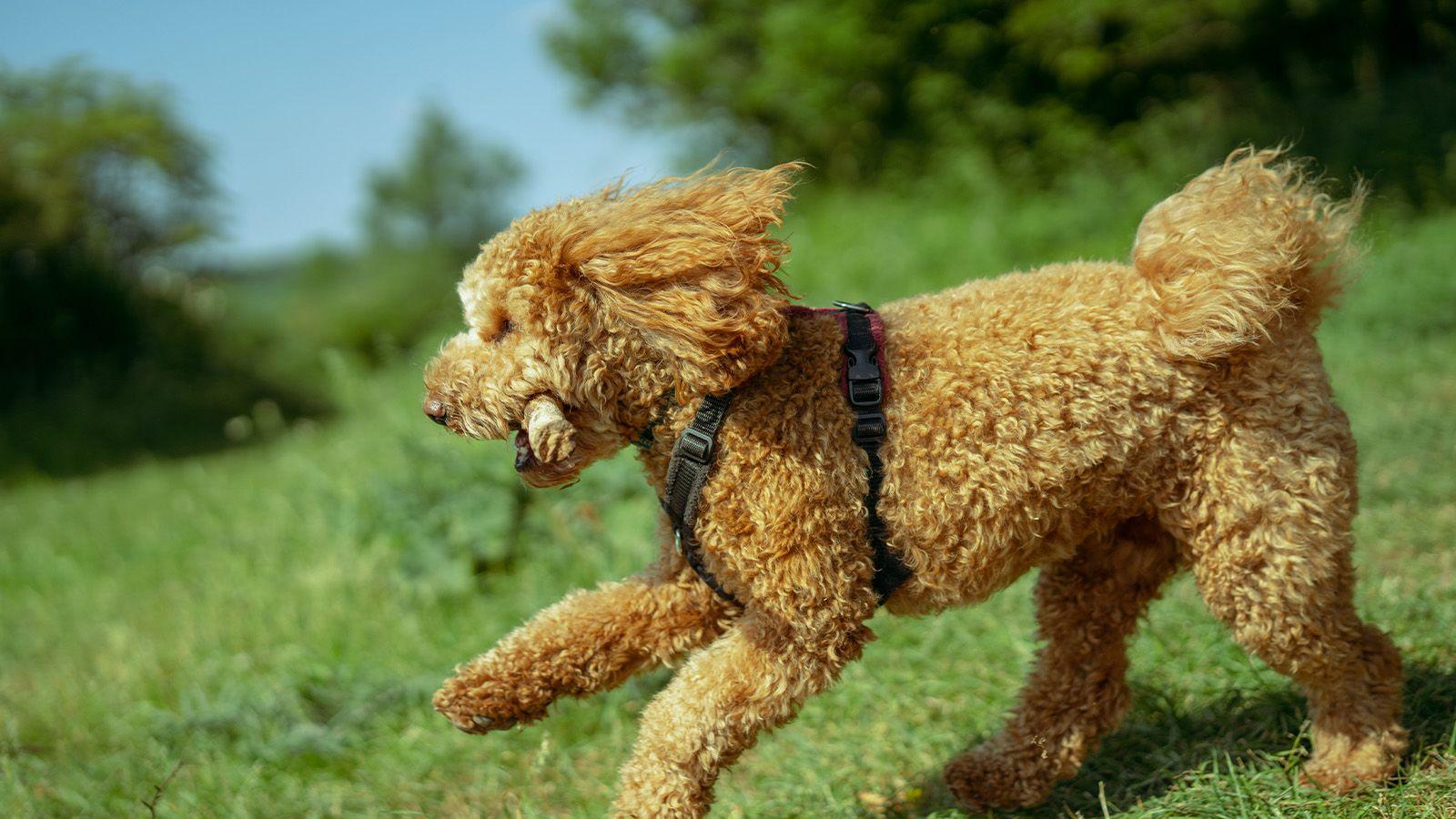
What are the signs that a dog is coming into season?
As you can see, we didn’t notice any signs before Ruby came into season, but it was very obvious when she did. Bleeding was the first sign, but throughout the duration her vulva was enlarged and swollen, which is often a key indicator that a dog is in heat. Her teats also became enlarged and stayed that way for some time after. It is expected that dogs urinate more during their season too, but this wasn’t something we noticed.
You will also notice that your dog licks herself more often, and this isn’t necessarily a bad thing because it’s a way of keeping themselves (and your furniture!) clean, but it’s worth keeping an eye on this as if it becomes excessive they can become quite sore and red.
Your dog may also act a little subdued and lose her appetite, which is totally normal. Some will have an increased appetite, and this is normal too.
Lastly, you may find that your dog is more clingy than usual, or equally they can become more distant and take themselves away to their bed. Ruby has always been a cuddler, so she definitely wanted more company and cuddles during her season, which we were more than happy to offer!
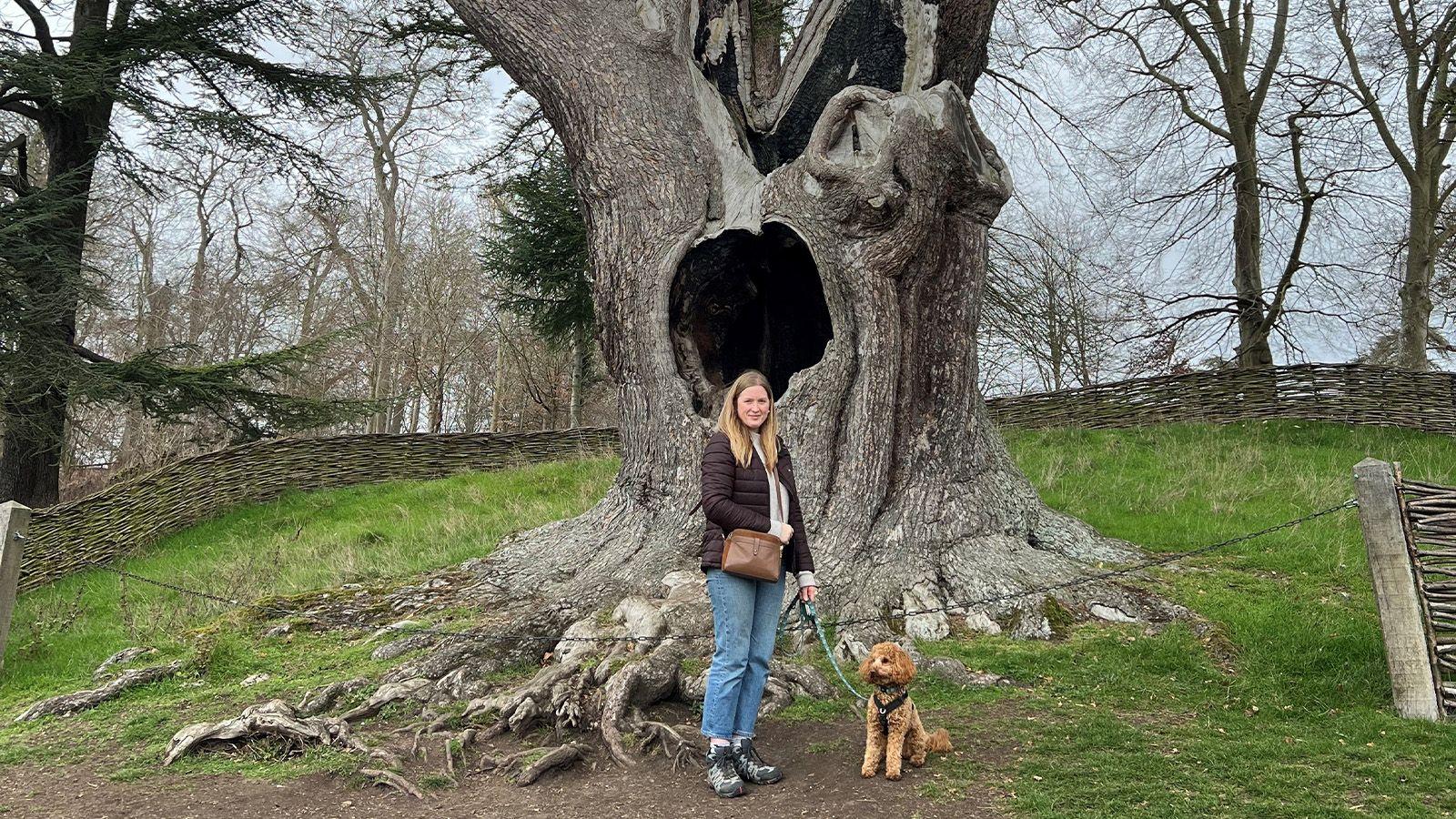
How long does a dog’s season last?
Every dog’s season is different, but Ruby’s lasted around 3 weeks. For the first week, her bleed was quite red and visible, but it would only really mark furniture or carpets if she was lying down. It was quite easy to keep her away from these things when we needed to, but an easy trick is to get some cheap or old blankets where she might lie to avoid staining. We were quite relaxed as owners, especially as we only have one room with hard flooring, but I know owners often keep their dog in certain areas of the house during a dog’s season, which is a sensible solution. There are also dog nappies that some people choose to use, but it’s worth getting your dog used to these prior to her first season!
For the second week, her bleed lightened to a straw colour. A lot of owners think that this is when a female dog is coming to the end of their season and start letting their dog off the lead, but it’s actually the time when they are most fertile, and you have to be most cautious of their whereabouts.
We kept Ruby on a lead for the 3 weeks of her season, keeping to quieter areas early in the morning or later in the evening, and crossing roads whenever we saw another dog coming our way (especially a male dog) to avoid any possible interactions. The interesting thing is that female dogs in the first week can be quite bossy and aggressive towards any male dogs that try to initiate contact, whereas during the fertile period they can flirt and lift their tail to show interest. It’s important to understand your dog's cues throughout, so you can make sure you’re keeping them safe and comfortable.
My biggest worry was leaving her in the garden alone, as I had read so much about male dogs sniffing her out from a mile away and jumping walls to get to her. I think this may have been a little overplayed, as it didn’t happen at all, and I never felt like Ruby was suddenly going to be birthing a litter of puppies nine weeks later (as cute as that would have been!). It’s probably something to be mindful of, however.
Do dogs change after their first season?
I wouldn’t say we noticed a huge difference in Ruby’s behaviour once her season was over, but some people do see changes afterwards. It was at a time when she was maturing anyway, so there were subtle changes over time, but nothing new. Her recall seemed to improve afterwards and she did seem more obedient for some time, but then she entered her ‘teenage’ phase and this fluctuated again for a while.
When should you get a dog spayed?
Your vet will be able to advise when the best time is to get your dog spayed, but the majority of vets and dog owners will advise that you let your dog have their first season before getting them spayed, and waiting until they are at least 6 months old.
Once Ruby had her first season, we called our vet to let them know, then booked her spay for three months later, so she was just over a year old when she had her operation. The three-month period after is important, as it allows their hormones to return to normal, so that possible complications are reduced. Ruby had a laparoscopic spay, which is keyhole surgery, and her recovery was around ten days. She needed looking after and extra comfort for the first few days, but she bounced back fairly quickly. One funny thing about the whole procedure was that because she’s a small dog, she was given a cat vest to wear for the ten days after, rather than a dog vest!
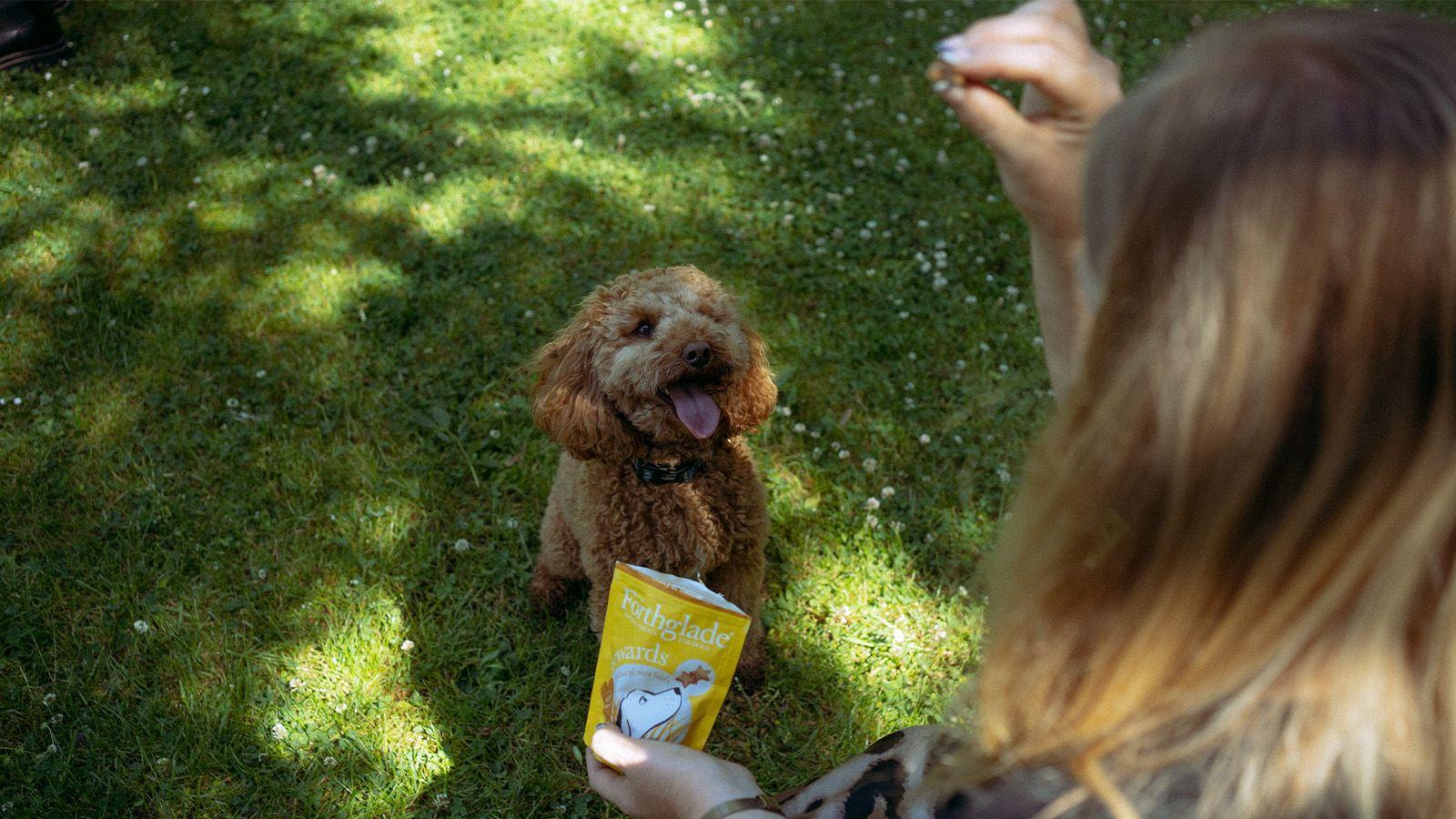
Final comforting words
In summary, it can be daunting to experience a dog’s first season, but the reality is that it’s only for three weeks, and it’s not as overwhelming as it may seem. I would recommend doing your research so that you know what to expect, and preparing your home so that your dog can be comfortable during that time. You’ll also need to be mindful that they can’t have off-lead walks throughout, and you’ll need to be extra vigilant. Your vet will always be on hand for advice too, if you’re at all worried about anything.
On a positive note, it’s a time to connect with your dog and gain extra cuddles (if that’s what they’d like), and watch as they go through a period of maturity to enter adulthood. Most importantly though, try to understand their needs and give them the time and space they need, to make it as comfortable a time as possible for them. They are dependent on us, after all!
